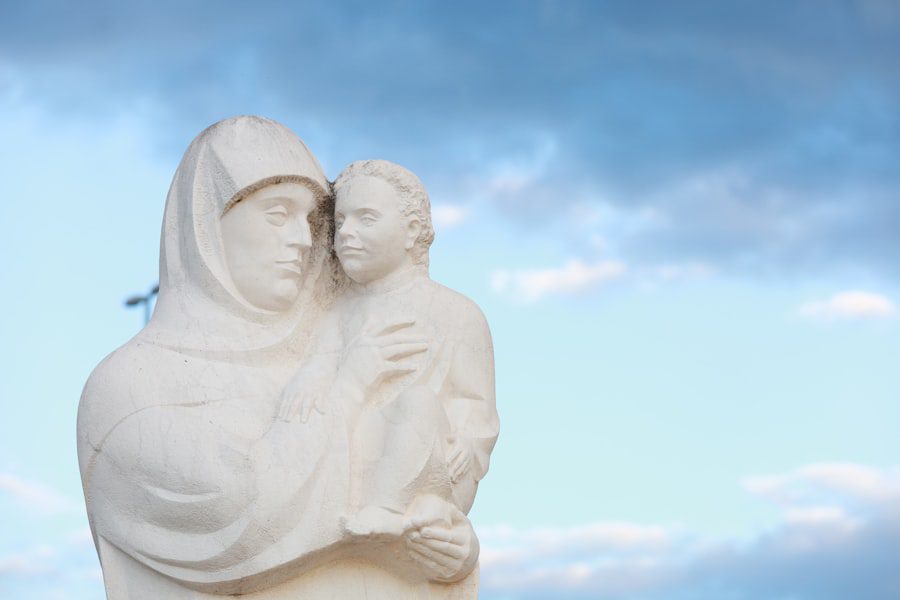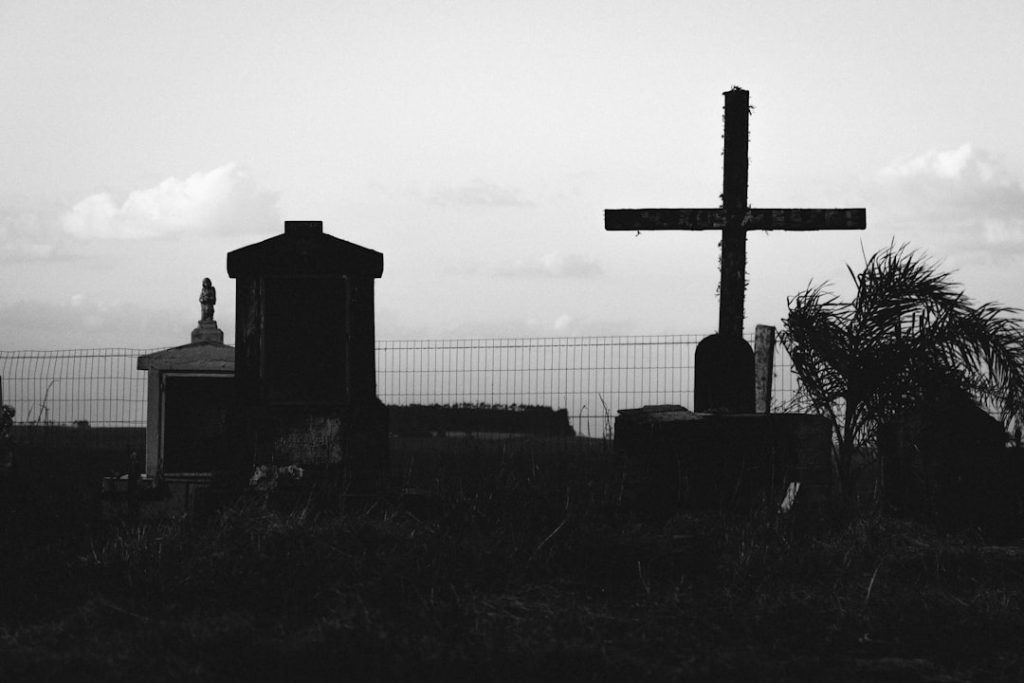Forgiveness and reconciliation are often intertwined concepts that play a crucial role in personal and communal healing. Forgiveness is primarily an internal process, where an individual chooses to let go of resentment and anger towards someone who has caused them harm. This act does not necessarily imply that the offender is absolved of their actions or that the victim condones the behavior; rather, it is a personal decision to release the emotional burden that comes with holding onto past grievances.
The psychological benefits of forgiveness are well-documented, with studies indicating that individuals who forgive experience lower levels of anxiety, depression, and stress. This internal shift can lead to improved mental health and overall well-being. Reconciliation, on the other hand, extends beyond the individual to encompass a relational aspect.
It involves restoring a broken relationship and rebuilding trust between parties. This process often requires open communication, acknowledgment of wrongdoing, and a commitment to change from both sides. Reconciliation can be particularly challenging, especially in cases where deep-seated wounds exist or where power dynamics complicate interactions.
It is essential to recognize that reconciliation does not always mean resuming a previous relationship; sometimes, it may involve establishing new boundaries or even parting ways amicably. Understanding these nuances is vital for fostering environments where healing can take place.
Key Takeaways
- Forgiveness and reconciliation are essential for healing and moving forward from conflict and trauma.
- Community plays a crucial role in supporting individuals and fostering healing and reconciliation.
- Schools have a responsibility to teach forgiveness and reconciliation to help students develop empathy and understanding.
- Building empathy and understanding is key to promoting forgiveness and reconciliation in society.
- Restorative justice practices can be a powerful tool for healing and promoting forgiveness in communities.
The Role of Community in Healing
Communities play a pivotal role in the healing process following conflict or trauma. They provide a support system that can facilitate both forgiveness and reconciliation. When individuals feel isolated in their pain, the journey toward healing can become significantly more challenging.
Community support can manifest in various forms, such as emotional backing from friends and family, participation in support groups, or engagement in community-led initiatives aimed at addressing collective grievances. These communal ties can help individuals feel less alone in their struggles, fostering a sense of belonging that is crucial for emotional recovery. Moreover, communities can serve as platforms for dialogue and understanding.
In many cases, conflicts arise from misunderstandings or lack of communication. By creating spaces for open discussions, communities can address grievances and work toward collective healing. For instance, community forums or workshops that focus on conflict resolution can empower individuals to express their feelings and perspectives in a safe environment.
This not only aids in personal healing but also strengthens community bonds by promoting empathy and understanding among members. The collective effort to heal can transform a community’s narrative from one of division to one of unity and resilience.
Teaching Forgiveness and Reconciliation in Schools

Integrating lessons on forgiveness and reconciliation into school curricula is essential for nurturing future generations equipped to handle conflicts constructively. Schools are often microcosms of society, where children learn not only academic skills but also social and emotional competencies. By introducing concepts of forgiveness and reconciliation early on, educators can help students develop the tools necessary to navigate interpersonal conflicts throughout their lives.
Programs that focus on social-emotional learning (SEL) have gained traction in recent years, emphasizing the importance of empathy, self-regulation, and conflict resolution. Practical applications of these teachings can include role-playing exercises where students practice resolving conflicts through dialogue rather than aggression. For example, a classroom might engage in a scenario where two students have a disagreement over a group project.
Instead of allowing the situation to escalate into hostility, the teacher can guide them through a structured conversation that encourages them to express their feelings, listen actively to each other, and collaboratively find a solution. Such experiences not only teach valuable skills but also foster an environment where forgiveness and reconciliation are normalized as part of conflict resolution.
Building Empathy and Understanding
| Metrics | Data |
|---|---|
| Number of empathy workshops conducted | 15 |
| Percentage of employees who participated in empathy training | 80% |
| Number of reported incidents of improved understanding among team members | 25 |
| Feedback rating for empathy and understanding training | 4.5 out of 5 |
Empathy is a cornerstone of both forgiveness and reconciliation. It involves the ability to understand and share the feelings of another person, which is crucial when navigating conflicts or past grievances. Building empathy requires intentional efforts to cultivate an understanding of diverse perspectives and experiences.
One effective method for fostering empathy is through storytelling—sharing personal narratives can humanize experiences and create connections between individuals who may otherwise feel alienated from one another. In educational settings, literature can serve as a powerful tool for building empathy. By reading stories from various cultures or backgrounds, students can gain insights into the lives of others, fostering a sense of compassion and understanding.
Additionally, community service projects can provide opportunities for individuals to engage with those from different walks of life, further enhancing their ability to empathize with others’ struggles. When individuals learn to see the world through others’ eyes, they are more likely to approach conflicts with an open heart and a willingness to forgive.
Healing Through Restorative Justice Practices
Restorative justice practices offer an alternative approach to traditional punitive measures in addressing wrongdoing. This framework emphasizes repairing harm through inclusive processes that involve all stakeholders—victims, offenders, and community members. Rather than focusing solely on punishment, restorative justice seeks to understand the impact of the offense on all parties involved and encourages offenders to take responsibility for their actions while providing victims with a voice in the process.
For instance, restorative circles bring together those affected by a crime or conflict to discuss the incident openly. Participants share their feelings about the harm caused and collaboratively explore ways to make amends. This approach not only promotes accountability but also fosters healing by allowing victims to express their pain and offenders to understand the consequences of their actions deeply.
The emphasis on dialogue and mutual understanding creates an environment conducive to forgiveness and reconciliation, ultimately leading to stronger community ties.
Addressing Intergenerational Trauma

Intergenerational trauma refers to the psychological effects of trauma that are passed down from one generation to another. This phenomenon can significantly impact communities, particularly those that have experienced systemic oppression or violence. Understanding intergenerational trauma is crucial for addressing the root causes of conflict and fostering healing within families and communities.
The scars left by historical injustices—such as colonization, slavery, or war—can manifest in various ways, including mental health issues, substance abuse, and strained relationships. To effectively address intergenerational trauma, it is essential to create spaces for dialogue that acknowledge past harms while promoting healing practices rooted in cultural traditions. For example, Indigenous communities often utilize storytelling and cultural rituals as means of processing trauma collectively.
These practices not only honor the experiences of those who suffered but also empower future generations to reclaim their narratives and foster resilience. By recognizing the impact of intergenerational trauma, communities can work toward breaking cycles of pain and fostering environments conducive to forgiveness and reconciliation.
Cultivating a Culture of Forgiveness and Reconciliation
Creating a culture that prioritizes forgiveness and reconciliation requires intentional efforts at multiple levels—individual, community, and institutional. It begins with fostering an environment where open dialogue about conflicts is encouraged rather than shunned. This involves promoting values such as empathy, respect, and understanding within families, schools, workplaces, and broader communities.
When individuals feel safe expressing their feelings and grievances without fear of retribution or dismissal, they are more likely to engage in constructive conversations that lead to healing. Institutions also play a critical role in cultivating this culture by implementing policies that support restorative practices rather than punitive measures. For example, workplaces that prioritize conflict resolution training can empower employees to address disputes collaboratively rather than resorting to hostility or disengagement.
Similarly, community organizations can facilitate workshops focused on forgiveness and reconciliation strategies that equip individuals with the tools needed to navigate conflicts effectively. By embedding these values into the fabric of society, we can create environments where forgiveness is not only possible but celebrated as a pathway toward healing.
Supporting Individuals and Communities in the Healing Process
Supporting individuals and communities in their healing journeys requires a multifaceted approach that acknowledges the complexity of trauma and conflict resolution. Mental health services play a vital role in this process by providing individuals with access to therapy or counseling that addresses their unique needs. Trauma-informed care recognizes the impact of past experiences on current behaviors and emotions, allowing practitioners to tailor their approaches accordingly.
Community-based initiatives also contribute significantly to healing efforts by offering resources such as support groups or workshops focused on forgiveness and reconciliation. These programs create safe spaces for individuals to share their experiences while learning from one another’s journeys toward healing. Additionally, fostering partnerships between mental health professionals and community organizations can enhance access to resources for those who may otherwise feel isolated in their struggles.
Ultimately, supporting healing processes involves recognizing the interconnectedness of individual experiences within broader societal contexts. By addressing systemic issues that contribute to conflict—such as inequality or discrimination—communities can work toward creating environments where forgiveness and reconciliation thrive as integral components of collective healing.


